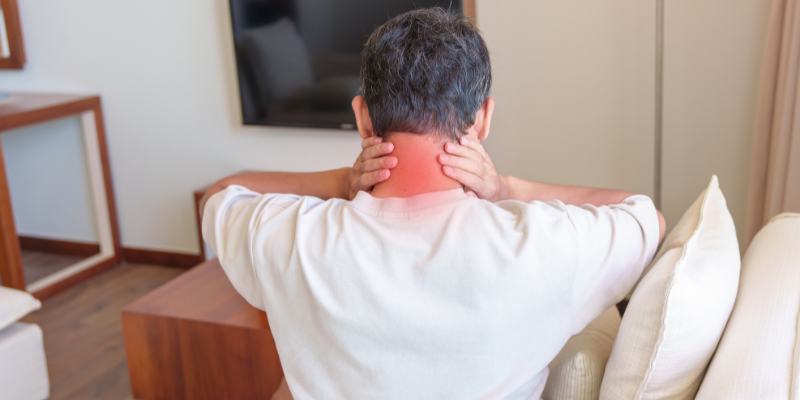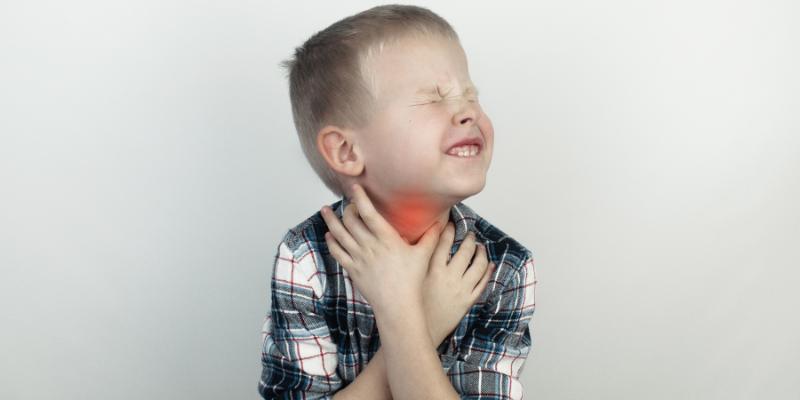Dystonia: Key Symptoms, Causes, and Effective Treatment Options
Dystonia is a neurological movement disorder characterized by involuntary muscle contractions, leading to abnormal postures and movements. While the condition can significantly affect the quality of life, understanding its causes, symptoms, and treatment options is essential for managing it effectively. Whether you or someone you know is experiencing symptoms of dystonia, seeking early diagnosis and proper treatment can help improve daily functioning and well-being.
In this article, we'll explore the causes, symptoms, and various treatment options to empower individuals and their families in managing this condition.
What Is Dystonia?
Dystonia is a chronic neurological condition characterized by involuntary and sustained muscle contractions. These contractions often result in repetitive movements, twisting, or abnormal postures. The disorder can present differently depending on the muscles affected and is typically classified into three main types:
- Focal Dystonia: Affects one specific part of the body, such as the neck (cervical dystonia), eyelids (blepharospasm), or hands (writer's cramp).
- Segmental Dystonia: Involves two or more adjacent parts of the body.
- Generalized Dystonia: Affects the entire body and is usually more severe.
Although dystonia is often confused with other movement disorders like Parkinson's disease, it is a distinct condition with unique underlying mechanisms and symptoms. Its prevalence varies, but it is estimated to affect hundreds of thousands worldwide.
Who Can Be Affected?
Dystonia can occur at any age but is commonly classified as early-onset (childhood or adolescence) or adult-onset. Early-onset dystonia tends to progress to other body parts, whereas adult-onset is often focal and remains localized. Both forms can significantly impact the quality of life, making early recognition and management essential.
Key Symptoms of Dystonia:
Symptoms of dystonia can vary depending on the type, severity, and affected muscles. However, several hallmark signs help identify the disorder:
- Involuntary Muscle Twisting and Contractions: Sudden, uncontrollable muscle movements are a defining symptom.
- Abnormal Postures: Sustained muscle contractions may cause the body to assume awkward or twisted positions.
- Tremors and Spasms: Some individuals experience rhythmic shaking or sudden spasms in specific areas.
- Muscle Stiffness: Rigidity in the affected muscles may lead to discomfort and difficulty moving.

- Pain or Fatigue: Chronic muscle contractions can cause soreness or fatigue, particularly in affected areas like the neck or back.
- Difficulty with Daily Activities: Due to impaired coordination, simple tasks such as writing, eating, or walking may become challenging.
- Facial Symptoms: For some, dystonia affects facial muscles, resulting in involuntary blinking, grimacing, or speech problems.
Causes and Risk Factors of Dystonia:
Understanding the causes of dystonia is complex, as it can arise from genetic, environmental, and neurological factors.
- Genetic Factors: Some forms of dystonia are hereditary, caused by mutations in specific genes such as TOR1A or THAP1. These genetic mutations can disrupt the functioning of the basal ganglia, the brain region responsible for regulating voluntary movement.
- Neurological Damage: Secondary dystonia can result from brain injuries, strokes, or other neurological conditions like Parkinson's disease. These conditions damage neural pathways, leading to improper muscle signaling.
- Environmental Triggers: Prolonged exposure to certain toxins, medications (e.g., antipsychotics), or trauma can contribute to dystonia. Occupational repetitive strain injuries may also play a role in some cases.
- Idiopathic Dystonia: In many cases, the exact cause remains unknown, and the condition is classified as idiopathic dystonia. While this makes treatment planning more challenging, idiopathic cases often respond to similar therapies.
How Is Dystonia Diagnosed?
Diagnosing dystonia involves a comprehensive evaluation by a neurologist. The process typically includes:
- Medical History and Physical Exam: Identifying symptoms' onset, frequency, and characteristics.
- Neurological Tests: To rule out other movement disorders or conditions with overlapping symptoms.
- Imaging Studies: MRI or CT scans may detect underlying brain abnormalities.
- Genetic Testing: In hereditary cases, genetic screening can confirm a diagnosis.
An accurate diagnosis is essential for creating an effective treatment plan tailored to the individual's needs.
Effective Treatments for Dystonia:
While there is no cure for dystonia, several treatment approaches can help manage symptoms and improve daily functioning:
Medications:
Anticholinergics: These drugs block chemical signals that cause excessive muscle contractions.
Benzodiazepines: Medications like clonazepam can reduce muscle stiffness and spasms.
Botulinum Toxin (Botox) Injections: Widely used for focal dystonia, Botox temporarily weakens overactive muscles, offering significant relief.
Dopamine-Modulating Drugs: Effective in some cases, particularly in dopamine-responsive dystonia.
Physical and Occupational Therapy:
Therapists work with patients to improve muscle coordination, flexibility, and posture. Tailored exercises, stretching routines, and ergonomic adjustments can significantly enhance mobility and reduce discomfort.
Deep Brain Stimulation (DBS):
For severe, medication-resistant dystonia, DBS is an advanced option. This surgical procedure involves implanting a device to deliver electrical impulses to brain areas, control movement, and reduce involuntary contractions.
Complementary Therapies:
Alternative methods, including acupuncture, massage, and relaxation techniques, can complement traditional treatments to alleviate symptoms and improve mental well-being.
Lifestyle Adjustments:
Adopting practical lifestyle changes can help individuals cope better with dystonia:
- Avoiding known triggers such as stress or repetitive motions.
- Practicing mindfulness or relaxation techniques.
- Ensuring proper sleep and a balanced diet promotes overall health.

Psychological Support:
The emotional toll of dystonia can be significant. Counseling, support groups, and mental health care play a vital role in addressing anxiety, depression, or social isolation.
Living with Dystonia: Practical Tips
Managing dystonia requires a combination of medical care, self-help strategies, and community support. Here are some tips for daily life:
- Stay Active: Engage in regular, low-impact exercises like swimming or yoga to maintain muscle strength and flexibility.
- Build a Support Network: Connect with others through dystonia support groups or online forums.
- Educate Yourself: Stay informed about your condition to make better treatment decisions.
- Use Assistive Devices: Tools such as ergonomic keyboards, voice-activated devices, or mobility aids can ease daily tasks.
Conclusion
Dystonia is a complex neurological disorder that can have a significant impact on daily life. Although there is no known cure, various treatments are available to manage symptoms and improve the quality of life. Early diagnosis, combined with appropriate medical intervention, can significantly reduce the severity of symptoms and help individuals lead a more functional and fulfilling life.
If you or a loved one are experiencing symptoms of dystonia, it is essential to consult a healthcare professional for a comprehensive evaluation and personalized treatment plan. By understanding the causes and recognizing the symptoms early, patients can take control of their condition and find relief through effective therapies.











